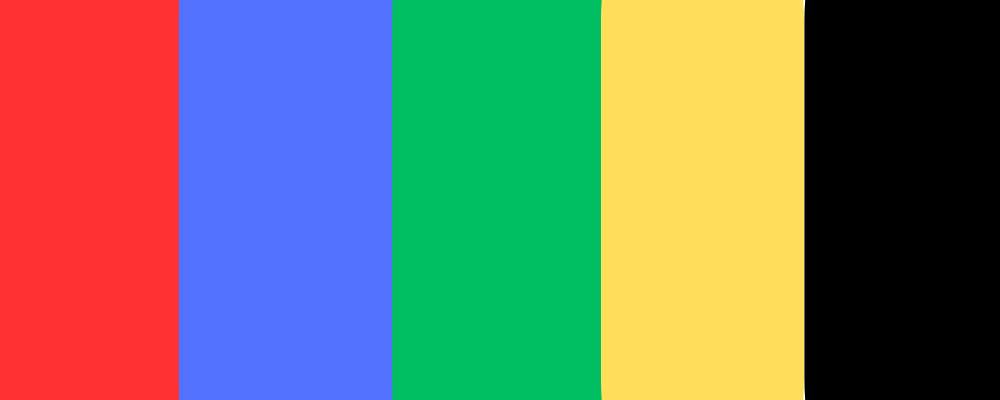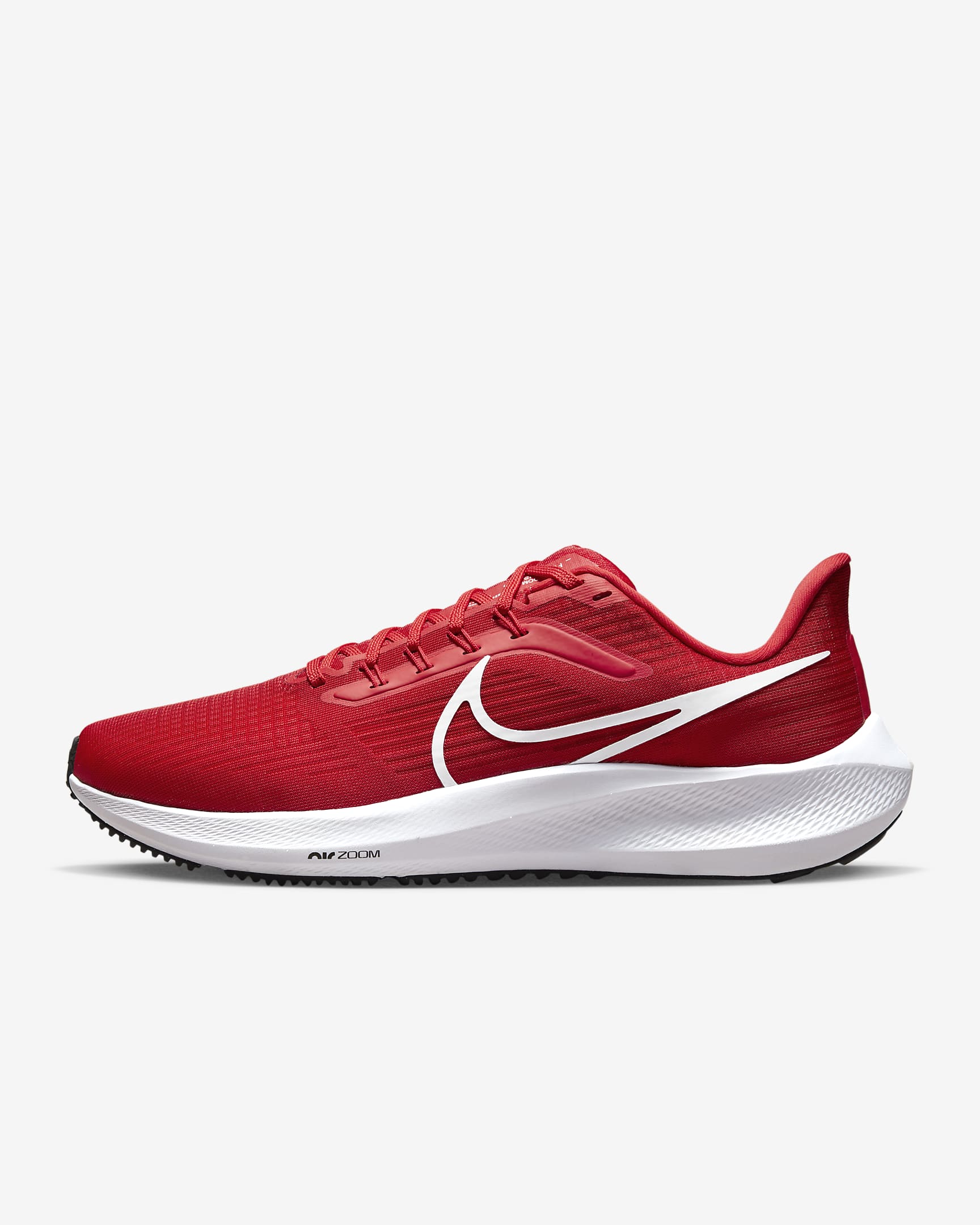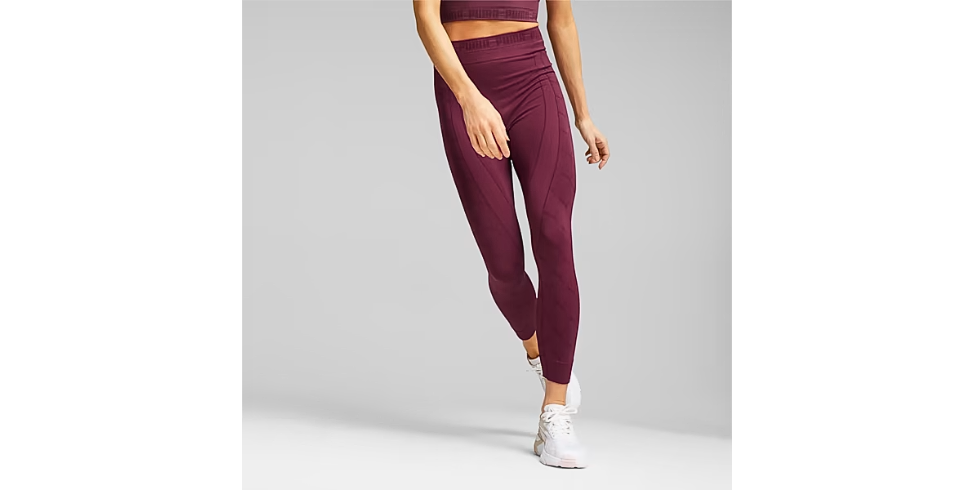The Art of Color and Pattern in Sportswear Design

The Art of Color and Pattern in Sportswear Design
In the world of sportswear design, where aesthetics meet functionality, color, and pattern are not just decorative elements but powerful tools that shape athletes' experiences, boost brand recognition, and enhance performance. In this comprehensive exploration of color and pattern in sportswear design, we'll talk about the psychology, creative strategies, brand identity, and practical considerations that make them indispensable in the world of sports fashion.
The Psychology of Color
Color is more than just a visual element; it's a language that speaks to our emotions and influences our mindset. When it comes to sportswear, understanding the psychological impact of color is paramount. Let's dive into the psychology of some common sportswear colors:
Red: Vibrant and intense, red evokes passion, excitement, and energy. It's a popular choice for high-intensity sports like boxing or sprinting as it can stimulate and increase heart rate. Athletes often choose red when they need to channel power and determination.
Blue: Cool, calming, and reliable, blue is a go-to color for sportswear. It promotes a sense of trust and serenity, making it suitable for sports requiring precision and focus. Athletes gravitate toward blue to maintain a clear and composed mindset during competitions.
Green: Symbolizing growth, balance, and connection to nature, green offers a refreshing and harmonious vibe. It's often used in sportswear to enhance the feeling of well-being, especially in outdoor activities like hiking or yoga.
Yellow: Radiating optimism and positivity, yellow can boost confidence and enthusiasm. It's an attention-grabbing color that conveys a sense of vitality and warmth. Athletes looking to stand out and exude a sense of optimism often opt for yellow.
Black: Classic, sleek, and powerful, black is the embodiment of sophistication and strength. It's a timeless choice that exudes authority and confidence. Black sportswear is not only stylish but also often chosen for its slimming effect.

Understanding how different colors can affect athletes' emotions and performance is a crucial aspect of any sportswear design.
Example: Nike's Use of Red
Nike often employs the color red in its designs because red is known for evoking passion, excitement, and energy. When Nike uses red in its sportswear, it aims to stimulate athletes, boosting their determination and competitive spirit. This can be observed in their high-performance running shoes and jerseys for sports like soccer.

Nike Pegasus 39 Men's Road Running Shoes
Creating Visual Impact
The strategic use of color and pattern can transform sportswear from functional attire into visually captivating gear that motivates athletes. To create a visual impact:
Bold Color Combinations:
Experiment with contrasting colors to create eye-catching designs. Combinations like vibrant red and white, or electric blue and black, are iconic choices that capture attention and convey energy.
Dynamic Patterns:
Patterns that convey motion and energy can infuse sportswear with a sense of action and vitality. Geometric patterns, stripes, and abstract designs add a dynamic element to the overall look.
Gradients:
Gradual shifts in color intensity, known as gradients, can evoke a sense of movement and flow. They create a sleek and modern appearance, making sportswear look both stylish and high-performance.
Brand Identity and Color
Color plays a pivotal role in establishing brand identity and recognition. Successful sportswear brands leverage color to convey their unique values and create a strong visual presence. For example, the bold use of black and white by Nike, coupled with the iconic swoosh, communicates a sense of performance and athleticism. Recognizing a brand by its distinctive color scheme is a testament to the power of color in brand identity.
Example: The Iconic Stripes of Adidas
Adidas' three stripes are iconic, symbolizing the brand's commitment to excellence. These stripes are not just design elements; they represent the brand's legacy and are instantly recognizable worldwide.

ADIDAS SUPERSTAR XLG SHOES
Pattern Design Principles
Patterns are more than just decorative elements; they can significantly impact the aesthetics and functionality of sportswear. Here are some pattern design principles to consider:
Geometric Patterns:
These patterns, with their structured and repetitive nature, often convey a sense of order and precision. They are suitable for sports that require focus and coordination, such as gymnastics or archery.
Abstract Patterns:
Abstract patterns offer a unique opportunity for creative expression. They can be visually intriguing and versatile, evoking a range of emotions and associations.
Organic Patterns:
Inspired by nature, organic patterns create a sense of harmony and balance. They often feature flowing and interconnected elements, making them suitable for sportswear that prioritizes comfort and flexibility.
Example: PUMA's Evoknit Technology
PUMA's Evoknit technology employs intricate, body-mapped patterns in their sportswear. These patterns aren't just visually appealing; they provide targeted support, breathability, and stretch where athletes need it most, demonstrating how form and function can harmonize.

PUMA'S Evoknit 7/8 Women's Tights
Customization and Personalization
The trend of customized sportswear has gained momentum, allowing athletes to express their individuality through color and pattern choices. Techniques like sublimation printing and digital customization enable unique designs tailored to individual preferences. Athletes can select colors and patterns that resonate with their personal style and motivation, creating a deeper connection with their sportswear.
Example: Steph Curry's "Curry 8" Basketball Shoes
Under Armour collaborates with NBA star Stephen Curry to create unique shoe designs. The patterns and colors in Curry's signature line reflect his style and on-court persona, forging a deep connection between the athlete and his gear.

Color and Performance
The influence of color goes beyond aesthetics; it can directly impact an athlete's performance. Research has shown that specific colors can affect psychological and physiological states. For example:
Blue: Associated with calmness and focus, blue can help athletes maintain concentration during a competition.
Red: Known to stimulate energy and intensity, red is often chosen for sports that require bursts of power and determination.
Green: Symbolizing balance and harmony, green can promote a sense of well-being and relaxation, making it suitable for activities that prioritize mental clarity.
Understanding these nuances can help athletes select sportswear that enhances their performance and mindset.
Designing for Visibility and Safety
In sportswear design, visibility and safety are paramount, especially during outdoor activities or low-light conditions. Incorporating high-visibility color schemes and reflective elements ensures that athletes are seen and safe. Whether it's a reflective stripe on running shoes or a bright-colored cycling jersey, these design choices can make a crucial difference in an athlete's safety.
Example: High-Visibility Cycling Gear
Cyclists often wear high-visibility sportswear in bold, neon colors and reflective patterns. These designs prioritize safety, ensuring that cyclists remain visible to motorists, especially during early morning or evening rides.

In Conclusion
The art of color and pattern in sportswear design is a complex and fascinating endeavor. It involves a deep understanding of psychology, branding, and performance, all while pushing the boundaries of creativity. As sportswear designers continue to innovate, athletes benefit from garments that not only look great but also contribute to their success on and off the field.
Whether you're a sportswear designer seeking inspiration or an athlete looking to understand the impact of your attire, the world of color and pattern in sportswear design is a dynamic and ever-evolving one. By mastering these elements, designers and athletes can unlock the full potential of sportswear as both a performance enhancer and a visual statement.
About FittDesign
FittDesign is a full-service design and production company specializing in the sportswear and activewear industry. We provide comprehensive solutions including innovative design, detailed technical packs, and high-quality manufacturing. Our expertise supports brands in creating functional and durable sportswear that meets the demands of a competitive market.
Ready to Bring Your Activewear Vision to Life?
Contact Us today and let’s get started on your project!
